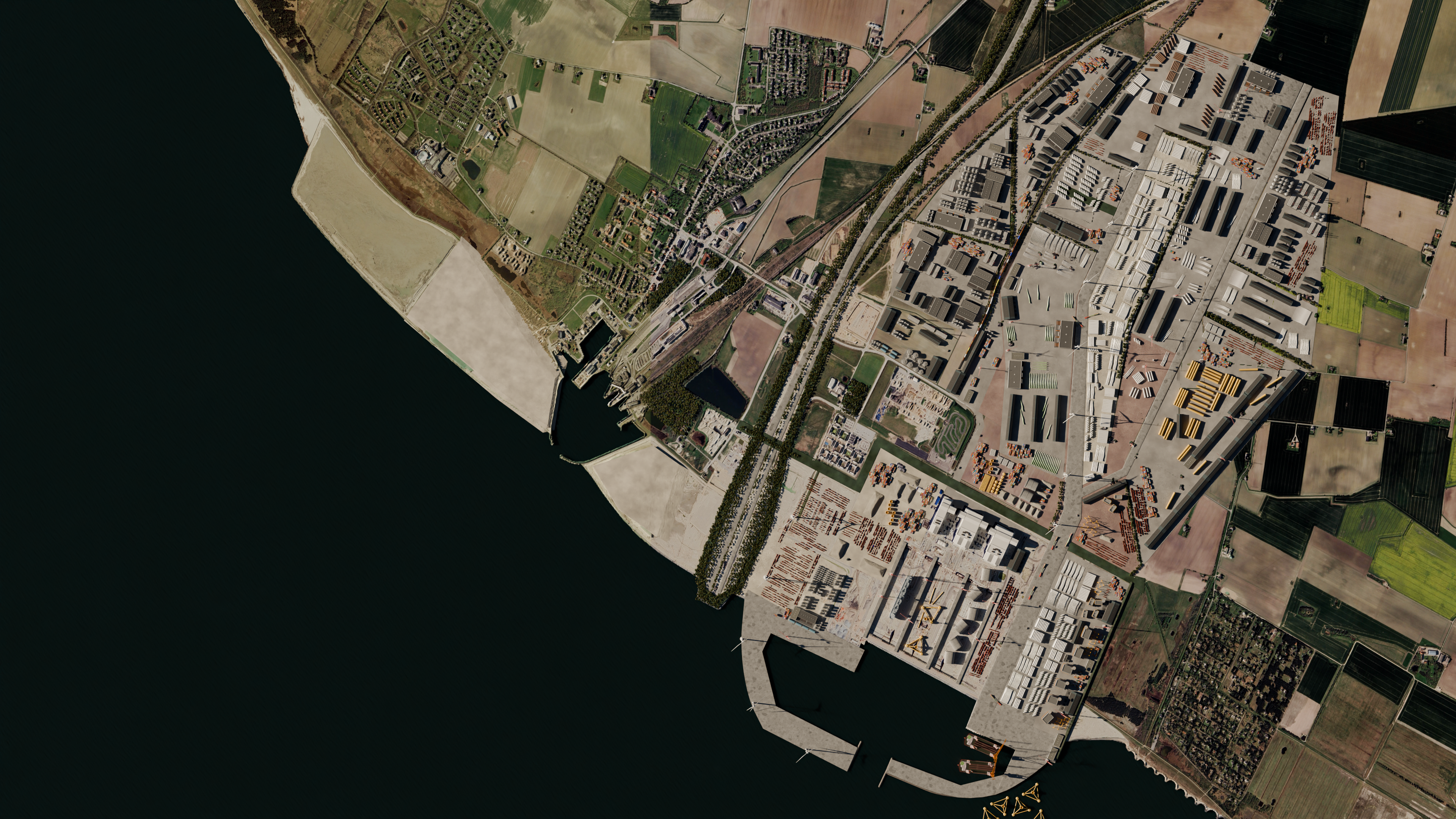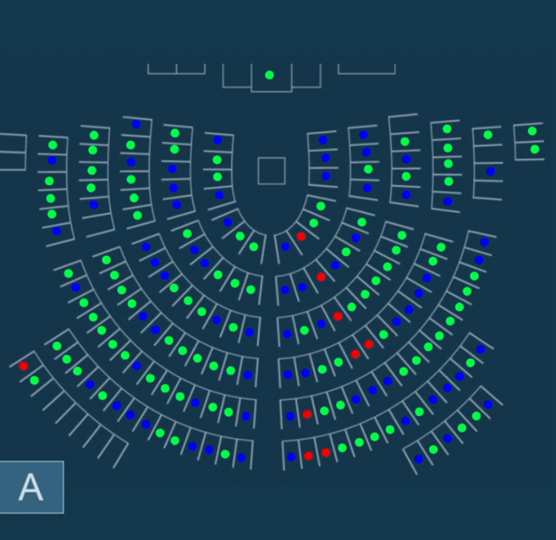Retention of the Production Facility
On December 14, 2023, the Danish Parliament passed law L57, ensuring the preservation of the factory initially slated for demolition after the completion of the Femern tunnel project.
Under this new legislation, the factory will remain under state ownership, managed by Sund & Bælt.
Femern A/S is set to vacate the premises by the end of 2027, after which the facility will be repurposed for various governmental and non-governmental projects starting January 1, 2028.
Strategic Benefits of Retaining the Production Facility
Cost Efficiency
Preserving the factory eliminates the need for new facility construction, offering significant financial savings for future projects.
Reduced Timelines & Risk
Using the existing facility shortens construction periods by 1-2 years
and reduces risks by leveraging an established, proven facility.
Sustainability
Reusing the facility cuts CO2 emissions, minimizes noise and air
pollution, conserves natural resources, and avoids impacts on new land and sea areas.
Skill & Knowhow Retention
Keeping the facility maintains local expertise developed through the Femern tunnel project.
Business Potential
The facility supports ancillary industries and future mega projects,
bolstering both current and new sectors aligned with the green transition.
Future Ownership & Operation Model
The production site’s future organization and operation is in progress. Following the adoption of L57, Sund & Bælt is engaging in dialogues with potential operators to develop a model for future ownership and management.
One potential model suggests Sund & Bælt Holding A/S will not be directly involved in business decisions, opting instead to offer a concession for operations or appoint an operator.
The final organization and ownership will be determined by the Ministry of Transport based on an agreement within the coalition.
Retaining the production facility offers significant advantages for future mega-infrastructure projects. The facility’s surplus capacity can also support private market green transition projects. This dual-purpose use makes the factory a strategic asset for both public and private sector investments.
- The facility is quite unique
- It has special capabilities
- It is designed for very specific projects
- The area will be preserved as it is
- The full area is very extensive
- It is split up in several ”chunks”
- Each sub-area will operate individually
- The full area operates across several sub-areas
- One section will be reserved for large Danish projects
- The rest will be for other private and public projects
- Possibly with a permanent section, such as a shipyard
Potential Projects for the Existing Production Area
The element factory could handle various future state mega-infrastructure projects, pending approval by the Danish Parliament and a tender process.
The production area comprises production halls (tunnel element factory), dry docks, associated storage areas, the work harbor, and a residential area.
Adjacent back areas, currently used as agricultural land, are vital for the overall commercial potential in the further development of the production area.
In their preliminary analyses, Sund & Bælt has outlined the following potential future activities for the production area after its permanent
establishment:
Eastern Ring Road
Copenhagen (11 km)
Decommissioning or Repowering of Wind Turbines
Potential Future Activities at the Current Production Area
As part of Lolland Municipality’s preparations for establishing the production area, several preliminary studies were conducted, including site visits to the Port of Esbjerg and Lindø (Port of Odense), which spans 850 hectares and employs around 3,500 people daily.
Dialog with representatives from potential industries, particularly those involved in the green transition and offshore wind, were also
held.
Findings & Potential
The findings highlight the substantial potential of the existing facility:
- Offshore Wind Projects
Capable of handling the production and shipping of entire offshore wind projects, including foundations.
- Shipyards
The dry docks can service up to 95% of Baltic Sea ships, addressing the repair capacity shortage.
- Green Transition Synergies
Potential synergies with planned Power-to-X (PtX) and Carbon Capture and Storage (CCS) projects. These findings underscore the
unique advantages of the area for supporting industrial and green transition activities.
- Dry Dock Size
Large dry docks can support state projects, shipyards, and floating wind turbine foundations, meeting significant European demand.
- Production Halls
Suitable for manufacturing and coating large steel components for offshore wind projects and shipbuilding.
- Adjacent Back Areas
Spacious areas offer unique development opportunities, unlike other harbors constrained by urban and natural surroundings.
- Transportation Links
Proximity to the E47 motorway and the EU-Scandinavia railway line ensures efficient logistics.
- Renewable Energy Supply
Lolland boasts abundant renewable energy resources.
Expansion & Future Industrial Development
The municipality of Lolland is committed to leveraging the region’s strategic advantages to drive significant economic growth and position the region as a leader in green transition.
Emphasizing the combined model’s potential for long-term business development and employment in Southern Zealand, the municipality is optimistic about the proposed operating models.
Plans are underway to expand the commercial area by approximately 776 hectares beyond the current construction site, accommodating potential new business operations such as:
- Shipyard for warship construction and repairs
- Supporting transport and logistics industries
- Production of floating wind turbine foundations
- Tunnel element manufacturing
- Monopile and transition piece production for offshore wind
- Large wind turbine blade factory
- Wind turbine tower manufacturing
- Nacelle production
- Wind turbine blade repair
- Decommissioning/recycling of old wind turbines
These developments rely on coordinated efforts, effective marketing, and a unified vision for the area.











